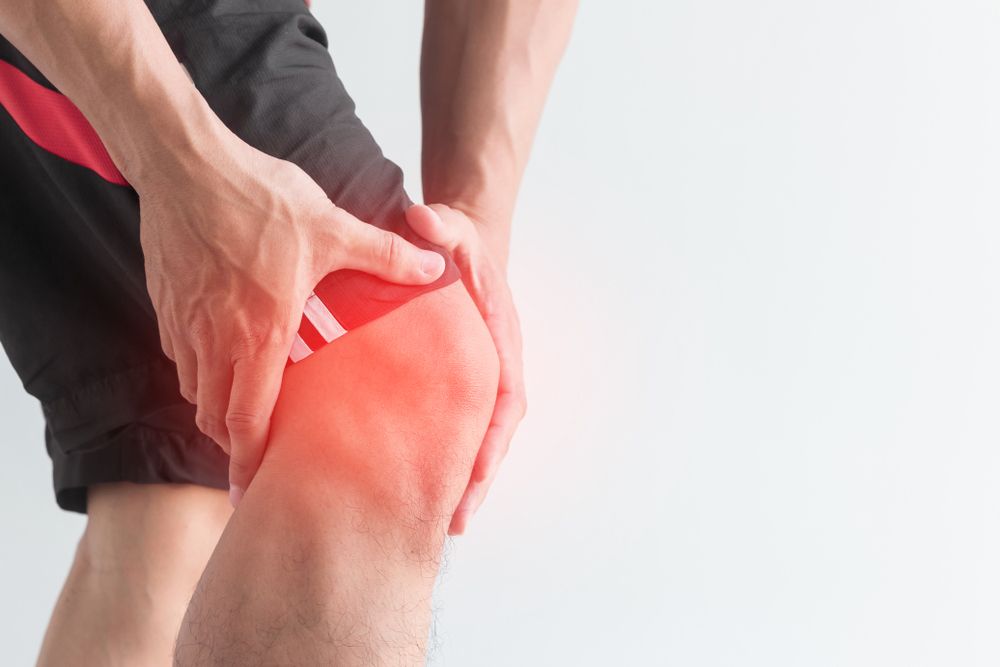
The knee is the largest joint in the body, and as a result of its usage in several day-to-day tasks, knee pain is a usual grievance for many people. When you have knee discomfort, it can impact elements of daily life, such as walking, driving or sporting activities.
Knee pain is a really typical injury that we see daily, and is just one of the most usual conditions seen in Traditional Chinese Medicine. Osteoarthritis can grow at any age however is more common in adults over 40 years or people who have a history of joint injury.
What is Traditional Chinese Medicine
Traditional Chinese Medicine (TCM) is a classic system and technique to attaining health and wellness. This method to healing the body has been used in China for 1000s of years.
The distinction between TCM and western medicine resides in the approach to treating illness and curing the body. TCM considers every aspect of your body, atmosphere, and energy when developing prescribing joint pain supplements. Western medicine considers the area of the body that is unwell, injured or unhealthy and concentrates on dealing with the specific trouble.
Some of the strategies which might be made use of in a consultation with a TCM expert may include:
- Acupuncture
- Electro-acupuncture
- Scraping
- Moxa (Moxibustion)
- Cupping
- Herbal Medicine
- Massage
Fortifying your muscle group
Enhancing the muscular tissues around your knee will be an important part of your rehabilitation program. Individuals with knee OA who comply with reinforcing programs have been shown to have less discomfort and an enhanced general quality of life.
There are several variables that affect the health of a joint: the quality of the cartilage material that surrounds the bones, the cells within and surrounding the joints, and the connected muscle mass. As a result of the damage on cartilage material related to knee OA, maintaining strength in the muscle mass near the joint is vital to preserve joint health and wellness.
For instance, as the muscles along the front and rear of your thigh (quadriceps and hamstrings) cross the knee joint, they help regulate the activity and pressures that are put on the bones.
Slight pain with workouts is ok
As a whole, discomfort ought to improve with rest after workout. If it remains on for a few days, you are probably pressing too hard!
Managing exercise loading is one of the things that us physio therapists do best. It’s why we ask numerous questions!
- How does your knee feel when you sit to stand?
- How does it feel walking up the staircases?
- How did that workout feel for you?
We’re regularly examining and changing your workout program to be cherry ripe for you and your knee at that very moment.